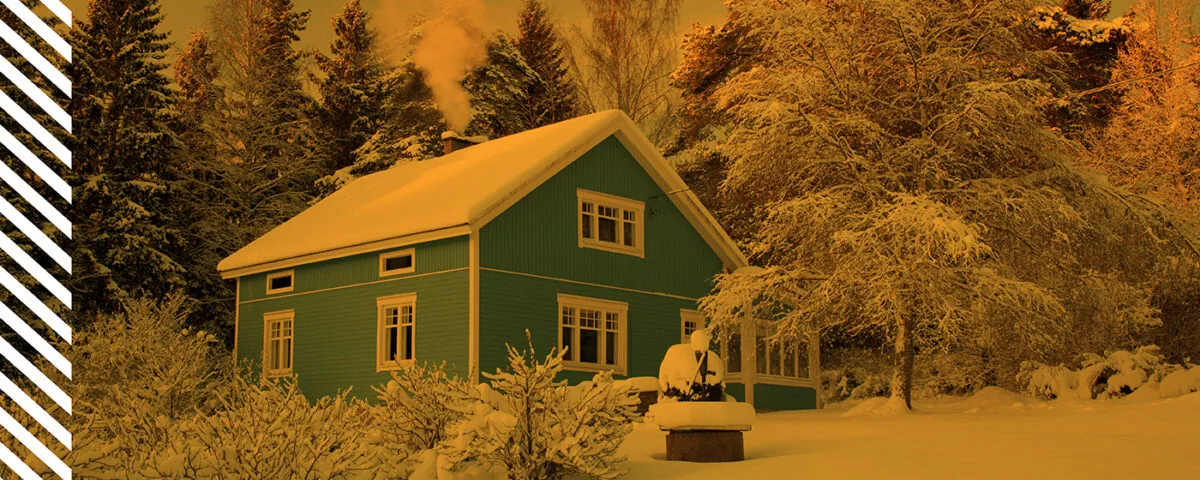Preparing Your Home For Winter Now to Ensure Safety, Efficiency, & Comfort
Here are top tips to help you prepare for dropping temperatures, along with a few ways to stay safe during a temporary interruption in electric services.
Inspect Your Heating System
- Have your heating system professionally serviced.
- Replace air filters regularly, every 30 days or once a month.
- Ensure vents and radiators are unblocked for efficient heat distribution.
- When using an alternative heat source like space heaters, follow operating instructions and ventilate properly.
- If your home heating system generates heat by burning fuel, verify the system is sealed and not allowing carbon monoxide and other harmful combustion byproducts to enter your home.
Maintain Smoke & Carbon Monoxide Detectors
- Replace batteries in smoke and carbon monoxide detectors.
- Regularly test detectors to ensure proper functioning.
Increase Home Energy Efficiency
- Seal gaps and cracks around windows and doors with weatherstripping or caulk.
- Place a draft block at the bottom of doors.
- Set ceiling fans to rotate clockwise to circulate warm air.
- Lower your thermostat a few degrees to save on heating costs.
Prepare Your Home’s Exterior
- Inspect the wiring and equipment for heat tape on pipes and gutters, heat lamps for animals, and stock tank heaters.
- Trim trees and bushes away from the house to prevent damage from heavy snow.
- Contact your co-op to trim trees near power lines.
- Store electric appliance batteries in areas with minimal cold temperature extremes and fluctuations.
Stock Emergency Supplies
- Have enough nonperishable food, water, and medical supplies for 72 hours in case of power outages or severe weather.
- Store one gallon of water per person per day.
- Make an emergency kit that includes: first-aid, flashlights and batteries, warm clothing, blankets, phone chargers and backup charger sources.
- Gather important documents, such as medical records.
- Don’t forget your pets! Ensure you have enough supplies for them as well.
Use Generators Safely
- Always follow operating instructions.
- Move fuel-powered generators at least 20 feet away from the home.
- Keep the generators dry if wet outside by placing it on a tarp.
- Position it under a portable canopy and never a carport.
- Never plug a generator directly into a wall outlet.
For more information on keeping your family safe during and after a winter storm, visit our outages and safety page.
